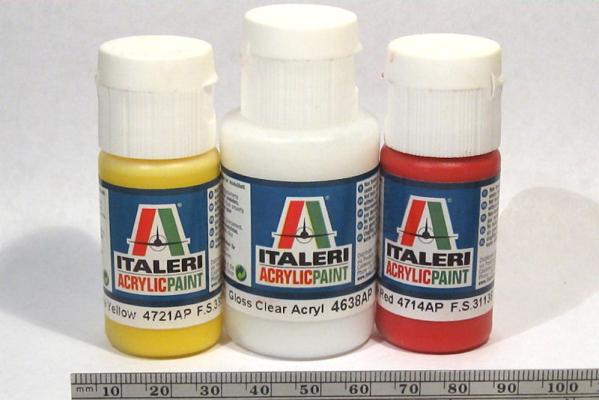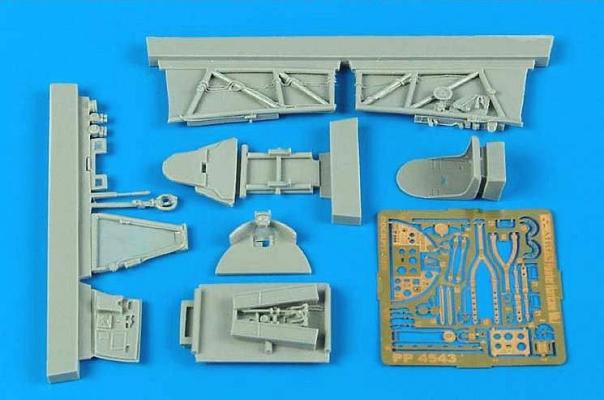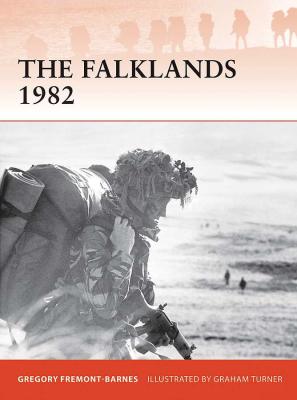Packaging and Initial Impression
The paints are contained in 20 ml plastic poly bottles with flip caps. The clear gloss is contained in a 35 ml plastic bottle with a flip cap. The bottles are clearly labeled with simple instructions of “shake well” and “for airbrush dilute properly”.
My sample bottles tended to spit paint a bit when “flipping” the cap open, but that may be a simple consequence of opening them at 7500 ft where I live. The dropper in the cap and a squeezable bottle provide a nice controlled dispensing of the paints and clear coat.















